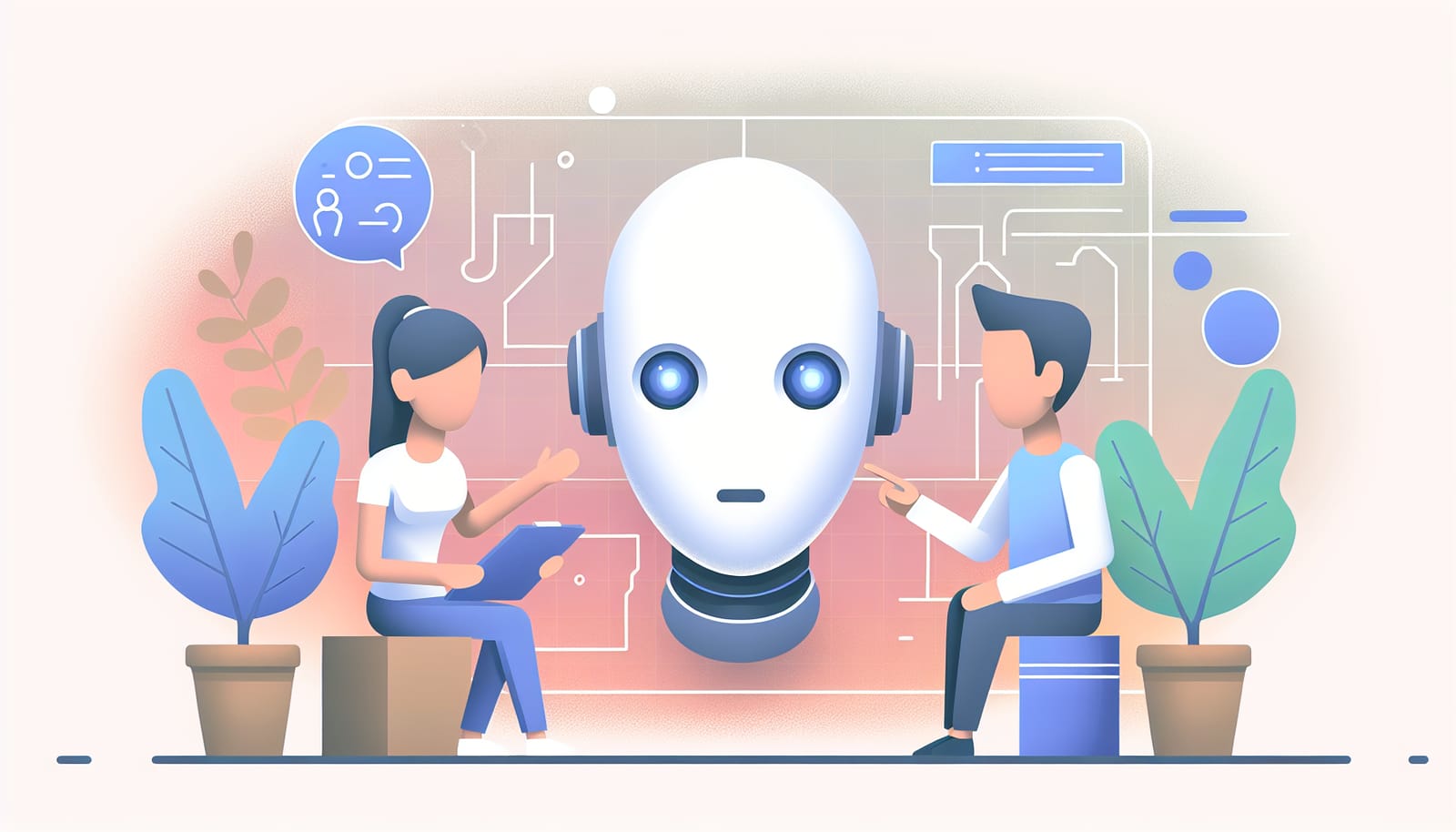Artificial Intelligence (AI) is revolutionizing many aspects of our lives, and one of the most exciting areas where AI is making a significant impact is in the field of medicine. Specifically, AI is being harnessed to diagnose diseases early, which can save lives and improve patient outcomes. In this article, we will explore how AI works in medical diagnosis, the technology behind it, and real-world examples of its applications.
The Importance of Early Diagnosis
Diagnosing diseases early can be a game-changer. When diseases like cancer, diabetes, or heart conditions are detected in their initial stages, treatment can begin sooner, often leading to better results. For example, early detection of breast cancer can increase the five-year survival rate to over 90%.
With the help of AI, doctors can analyze a vast amount of data quickly and accurately, identifying patterns that might not be visible to the human eye. This capability allows for earlier diagnoses, potentially saving millions of lives every year.
How AI Works in Medical Diagnosis
AI uses algorithms and large datasets to learn from past cases. Here's a simple breakdown of how it works:
Data Collection: AI systems begin by collecting vast amounts of medical data, including images, patient histories, and lab results.
Training: The AI is trained using this data. For example, it can learn to identify what healthy cells look like compared to cancerous cells by analyzing thousands of medical images.
Pattern Recognition: Once trained, the AI can recognize patterns associated with certain diseases. This is akin to how humans recognize faces—after seeing many faces, we become adept at identifying them, even at a glance.
Predictive Analysis: The AI can then use its learned knowledge to predict whether a new patient has a particular disease based on their data.
Continuous Learning: AI systems are not static; they continue to learn and improve as they are exposed to new data, making them more effective over time.
Real-World Applications of AI in Disease Diagnosis
AI is already being used in various healthcare settings around the world. Here are some fascinating examples:
Radiology
Radiologists are often tasked with interpreting medical images such as X-rays, CT scans, and MRIs. AI can assist by quickly analyzing these images to detect abnormalities. Some AI systems can even outperform human radiologists in identifying certain conditions. For instance, AI can spot early signs of lung cancer in CT scans more accurately than some of the best-trained doctors.
Pathology
In pathology, AI helps analyze tissue samples. For example, AI can be trained to recognize cancerous cells in biopsy samples. By using machine learning, it can identify subtle changes in cell structure that might indicate disease, helping pathologists make faster and more accurate diagnoses.
Dermatology
AI is also making waves in dermatology. Mobile apps powered by AI can analyze images of skin lesions to determine whether they are benign or potentially malignant. This means that a simple photo taken with a smartphone could lead to early diagnosis of skin cancer.
Cardiology
AI plays a crucial role in cardiology by analyzing heart rhythms and identifying conditions like arrhythmias. Wearable devices equipped with AI can monitor heart rates and alert users to potential heart issues before they become serious.
The Future of AI in Healthcare
The future looks bright for AI in healthcare. As technology continues to evolve, we can expect even more advanced AI systems that will not only assist in diagnosing diseases but also in predicting health issues before they arise. Imagine a world where a simple blood test could provide insights about your health risks years in advance!
Moreover, the integration of AI with telemedicine is likely to become more common. Patients could receive virtual consultations where AI assists doctors in making informed decisions based on real-time data.
Challenges and Considerations
While the potential of AI in diagnosing diseases is tremendous, there are challenges that need to be addressed. Data privacy and security are major concerns, as medical data is sensitive information. Moreover, AI systems must be transparent and explainable; doctors and patients need to understand how an AI arrived at its conclusions.
Another challenge is ensuring that AI tools are accessible and equitable. We need to ensure that advancements in AI do not widen the gap in healthcare disparities. Training healthcare professionals to use AI effectively is also essential for its success.
AI is already making a significant impact in diagnosing diseases early, and its potential is only beginning to be realized. By harnessing the power of AI, we can improve patient outcomes, save lives, and make healthcare more efficient.
As we look to the future, it’s essential to continue exploring the possibilities of AI while addressing the challenges it presents. With collaboration between technologists, healthcare professionals, and policymakers, we can unlock the full potential of AI in medicine and create a healthier world for everyone.
In conclusion, the intersection of AI and healthcare is a thrilling space to watch, full of innovations that promise to change the landscape of medicine forever. Whether you’re a patient curious about your health or a future healthcare professional, understanding AI's role in early disease diagnosis is vital as we move forward into a new era of medical advancements.


